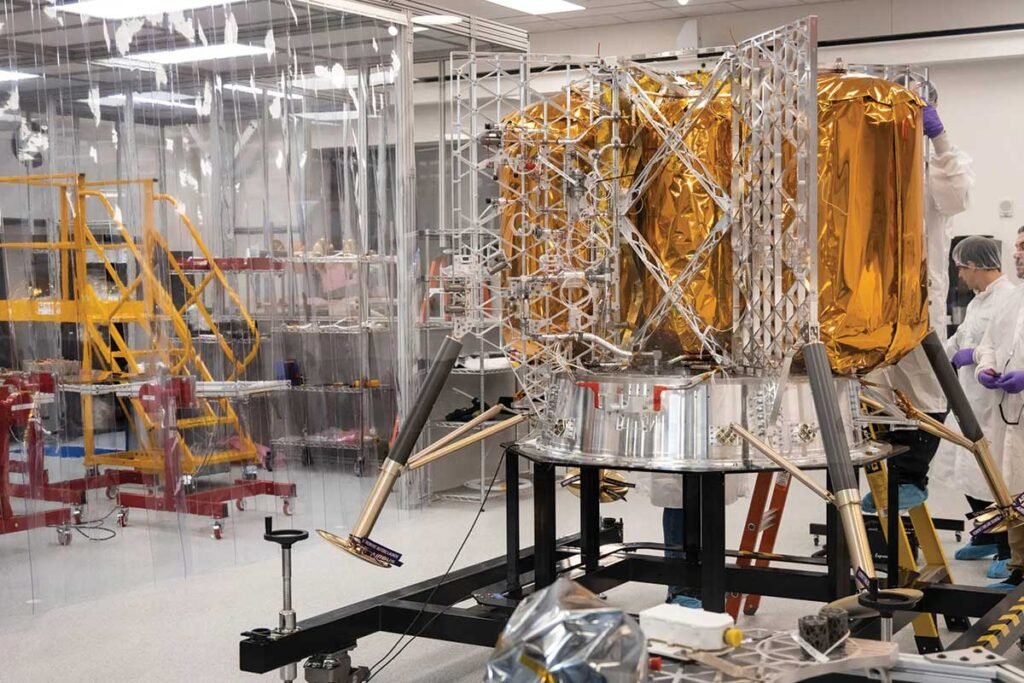The Peregrine-1 lunar lander, guided by Astrobotic, a private company, made a historic takeoff from Cape Canaveral, marking America’s return to the Moon after 51 years. Set to touch down on February 23, this mission, operating under NASA’s Commercial Lunar Payload Services (CLPS) initiative, aims to examine the Moon’s surface for future human missions.
Payload on Board
The Peregrine lander carries five NASA payloads and 15 other components. These instruments will measure radiation, surface and subsurface water ice, magnetic fields, and the exosphere. It’s noteworthy that it also includes the first Latin American scientific tools headed for the Moon. Moreover, the mission includes small moon rovers, non-scientific payloads like a Bitcoin-loaded coin, and a special “lunar dream capsule” filled with messages from kids around the globe.

Importance for United Launch Alliance (ULA)
This launch uses the Vulcan Centaur rocket, a significant step for ULA, a partnership between Boeing and Lockheed Martin. It’s a crucial mission, not only carrying scientific equipment but also holding emotional significance, including remains and DNA connected to Star Trek.
Collaboration and Vision
Astrobotic leads the charge as the first of three U.S. companies sending landers via CLPS, joined later by Intuitive Machines and Firefly. NASA, as a customer, is adopting a cost-effective approach, while the success of the Vulcan rocket is vital for ULA’s future plans.